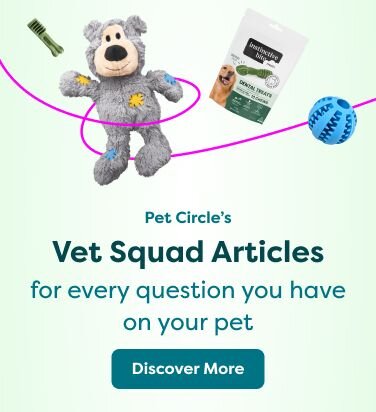Last Updated: 28/10/2025
Australian Cattle Dog Breed Guide
Is an Australian Cattle Dog right for you? Our complete vet-written breed guide explores the Blue Heeler's personality, history, health, nutrition, and training needs. Learn what it takes to care for this clever, energetic Aussie breed.
Author: Dr Carla Paszkowski BVSc (Hons)
Reading Time: 9 minutes - short read
The Cattle Dog - also known as the Australian Cattle Dog or, perhaps most famously, the Blue Heeler - is an incredibly clever, energetic, and stoic breed. Originally developed by Aussie settlers to round up and muster herds of cattle in the outback, this is a dog that thrives when they have a job to do. They bond particularly strongly with one owner or family and must be kept mentally stimulated.
This breed has seen a huge surge in popularity, thanks in large part to the beloved Australian kids' TV show, Bluey, which has families everywhere falling in love with the Heeler. As a family pet, the Cattle Dog can be a wonderful companion. They are extremely loyal and protective of their family but can be wary of strangers.
In addition to herding work, Blue Heelers do well in canine sports such as agility, obedience, rally, and flyball. This isn't a dog for an apartment setting or a household that can't commit time for exercise and attention. Cattle Dogs need a high level of mental and physical activity every day to stay happy and healthy. If your home has some room to run, and your lifestyle is active enough to keep up with such an energetic breed, then a Blue Heeler may be just the pet for you!
All about Cattle Dogs
Place of origin
Australia
Weight range
17-22kg
Breed size
Medium
Height range
43-51cms height to shoulder
Breed group
Working dogs
Life expectancy
12-15 years
Coat colours
Typically 'blue' or 'red'
Grooming needs
Low - weekly brushing
Coat type
Short, dense, double coat
Health issues
Deafness, Progressive Retinal Atrophy, Hip dysplasia
Shedding factor
Moderate to high (seasonal)
Exercise needs
Very high - vigrorous daily exercise required
Play style
Fetch, herding, chewing
Housing needs
Secure, spacious yard and home
Trainability
High
Social needs
High
Family suitability
Active, experienced families
Tendency to bark
Moderate
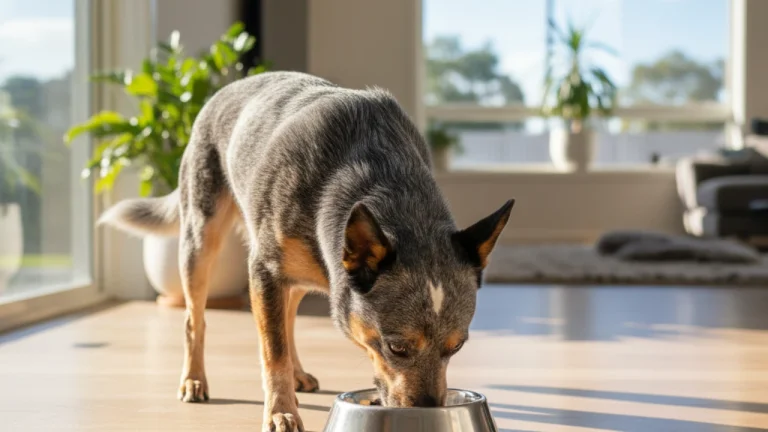
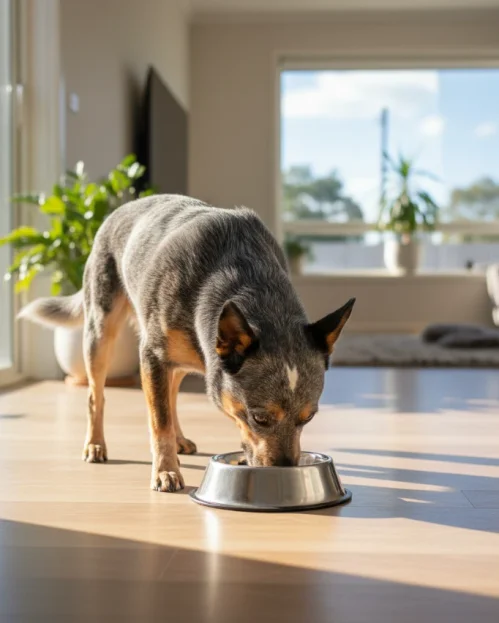
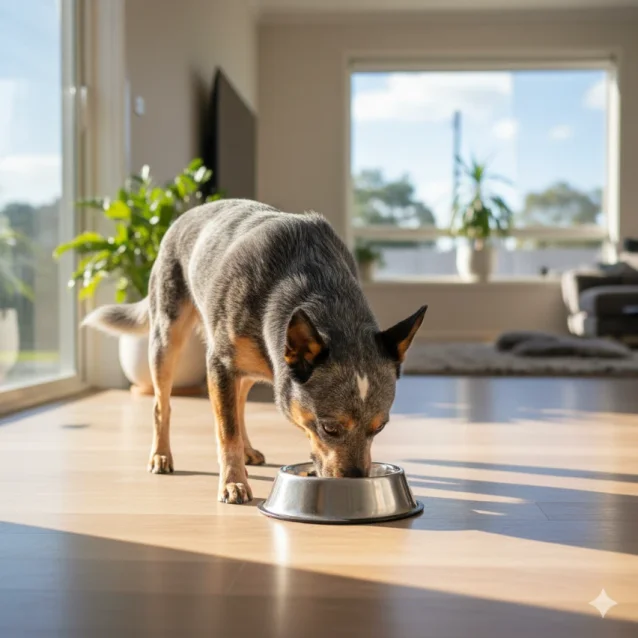
Nutrition
Feeding a high-quality diet that is tailored to your Cattle Dog's age, size, and high activity level will help to keep them healthy and happy. Getting nutrition right for your Blue Heeler can help to prevent, reduce, or manage some commonly occurring health conditions, such as developmental bone and joint diseases in puppies and support the high energy needs and long-term joint health of active adults.
Best food for adult Blue Heelers
As a high-energy working breed, the Australian Cattle Dog (or Blue Heeler) requires a high-quality, nutrient-dense diet to fuel their active body and sharp mind.
Their food needs to be rich in protein to support lean muscle mass and have sufficient energy (calories) to match their stamina. Because they are such athletic dogs, it's also important to consider long-term joint health when choosing a diet.
For more sedentary, non-working Cattle Dogs, a suitable premium diet is recommended. This food needs to be age appropriate and meet all of their daily nutritional and energy demands. Most all breed or medium adult diets from premium brands including Hills Science Diet, Royal Canin, or Advance dog food are suitable for Cattle Dogs. These scientifically-formulated diets also contain balanced levels of protein, fat and carbohydrate plus vitamins, minerals and antioxidants for health and wellbeing.
What to look for
A formula for "active" or "working" dogs for working Cattle Dogs
Medium, or all-breed, premium diets for non-working, less active Cattle Dogs
Added joint support such as green lipped mussel powder, fish oil or glucosamine and chondroitin
Vet picks
Best food for Cattle Dog puppies
Choosing the right food for your Blue Heeler puppy is vital for setting them up for a long, active life. As an energetic medium-sized breed, their primary needs are fuelling their high energy and supporting healthy, controlled skeletal development.
The best food is a premium, "medium breed puppy" formula. These diets are scientifically formulated with a precise and balanced ratio of calcium and phosphorus, which is critical for ensuring their bones grow at a steady rate and helping to prevent developmental joint issues like hip dysplasia.
Look for high-quality animal protein to build lean muscle, and added ingredients like fish oil (for DHA) to support their brain development and joint health.
What to look for
Balanced energy and calcium to phosphorus ratio for healthy bone development
Highly digestible formula to help prevent tummy upsets
DHA for healthy brain and eye development
Vet picks
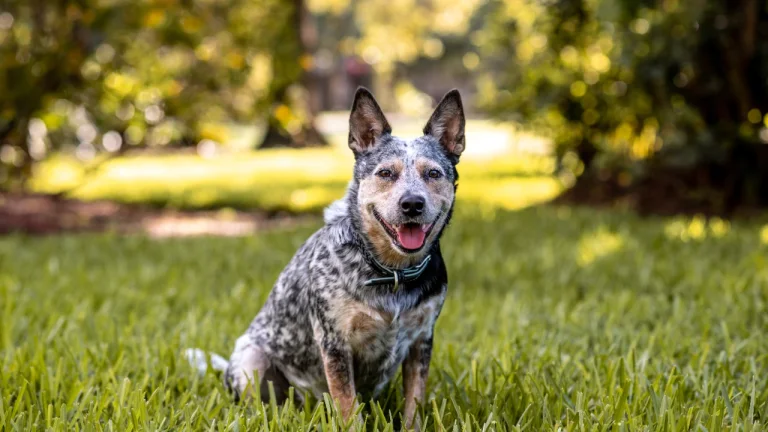
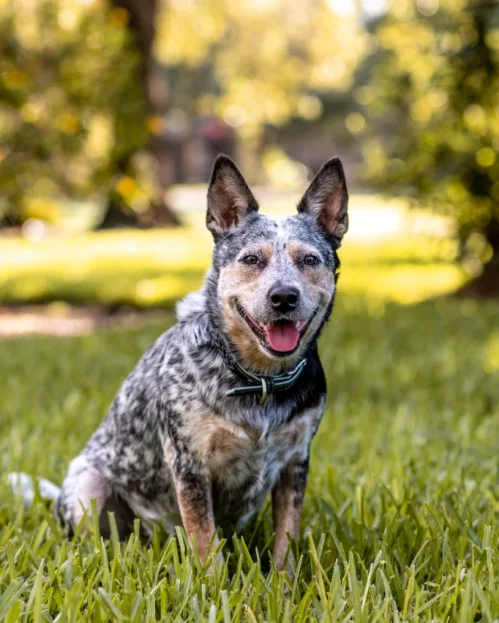
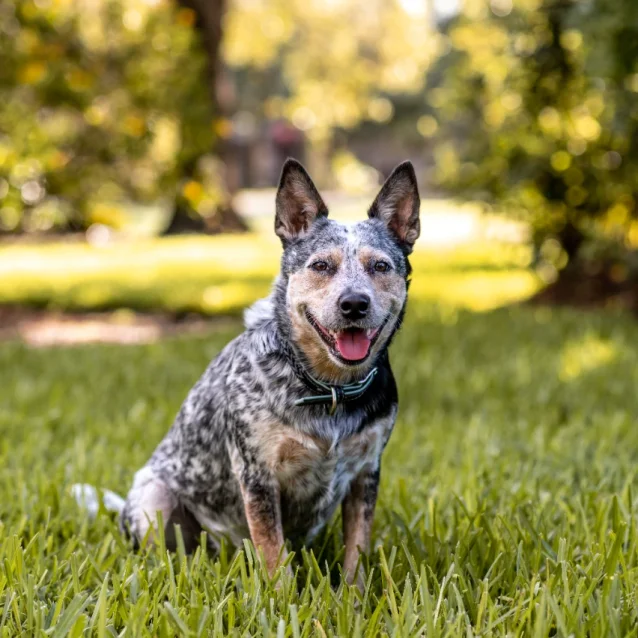
Flea & worming
Keeping your Cattle Dog protected year round against common parasites is essential to maintaining their health. This should include coverage against fleas, ticks, heartworm and intestinal worms.
Best flea and worming treatments for Cattle Dogs
Keeping your Australian Cattle Dog safe from parasites is a top priority, especially for such an active breed that loves exploring the outdoors. A "Blue Heeler" is likely to be running through grass and bushland, increasing their risk of exposure. The "best" treatment is one that provides complete, all-round protection in a way that is easy for you to administer.
To keep things simple, you could opt for an all in one monthly chewable or tablet, or instead go for an annual heartworm injection supplemented by monthly worming, and regular flea and tick treatments.
What to look for
Oral chews and tablets to avoid reduced effectiveness from bathing and swimming
All in one products for simplicity
Always double check the weight range to ensure an effective dose
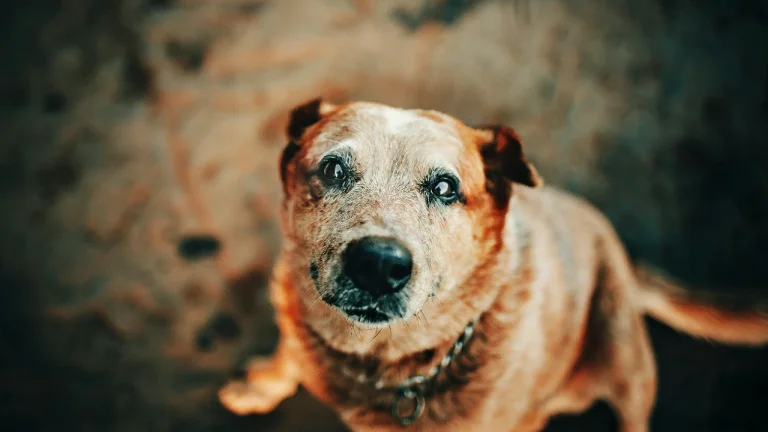
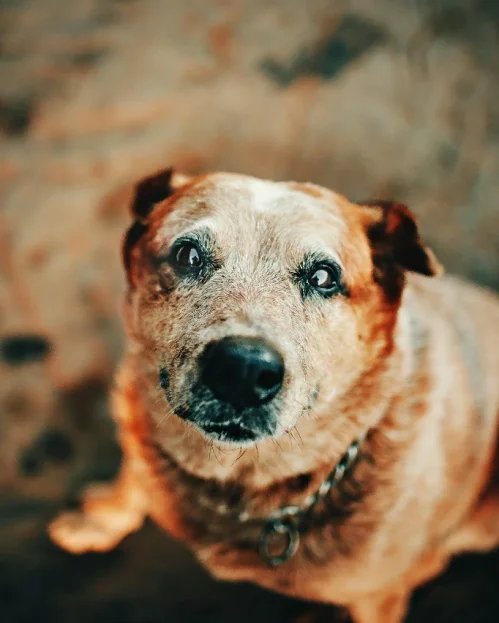
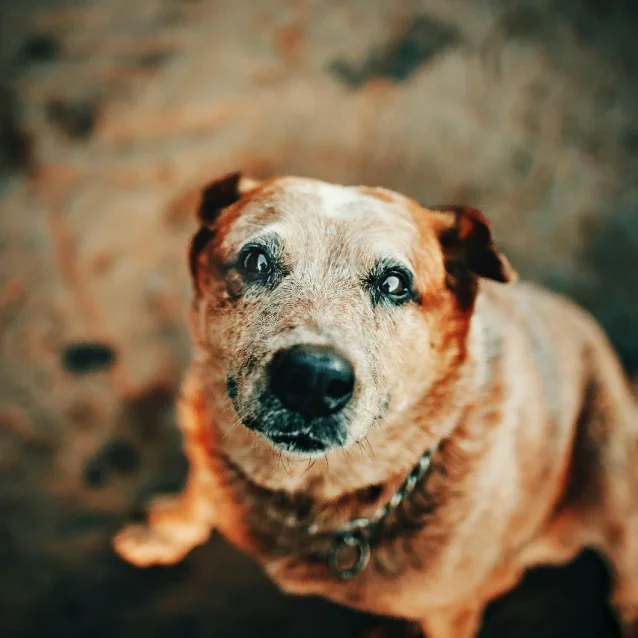
Health
Australian Cattle Dogs, or Blue Heelers, are generally hardy dogs, but they are genetically prone to a few specific conditions. Like many active breeds, they can be susceptible to hip and elbow dysplasia, so supporting their joint health is important. Their high-drive, athletic nature means they are also prone to accidental injuries like sprains and strains.
Best products for managing joint health in Cattle Dogs
Joint health is a primary concern for an athletic breed like the Australian Cattle Dog, and it's even more critical given their genetic predisposition to hip and elbow dysplasia. These conditions involve an abnormal formation of the joint, which creates instability. Over time, this instability - combined with the high-impact running, twisting, and jumping that Blue Heelers love - causes excessive wear and tear on the joint cartilage. This damage and inflammation leads directly to osteoarthritis, which can cause pain, stiffness, and reduced mobility, often starting from a young age.
Proactive support is the best way to protect their joints. This starts in puppyhood by feeding a high-quality, medium-breed puppy food to ensure controlled growth. Throughout their life, the single most important factor is maintaining a lean, healthy body weight; any excess weight dramatically increases the strain on their joints. You can further support their joints by feeding a joint-care diet (or prescription joint-care diet if advised by your vet), or by adding a high-quality joint supplement containing ingredients like glucosamine, chondroitin, and omega-3 fatty acids (fish oil).
Using mobility support aids such as ramps, stairs and support slings, as well as supportive bedding will also help to keep dogs with osteoarthritis more comfortable.
What to look for
Joint support supplements based on marine sources of omega fatty acids such as green lipped mussel powder or fish oil
Veterinary diets that provide dual support for mobility and other commonly linked issues such as weight management
Mobility support aids such as ramps, stairs and support slings
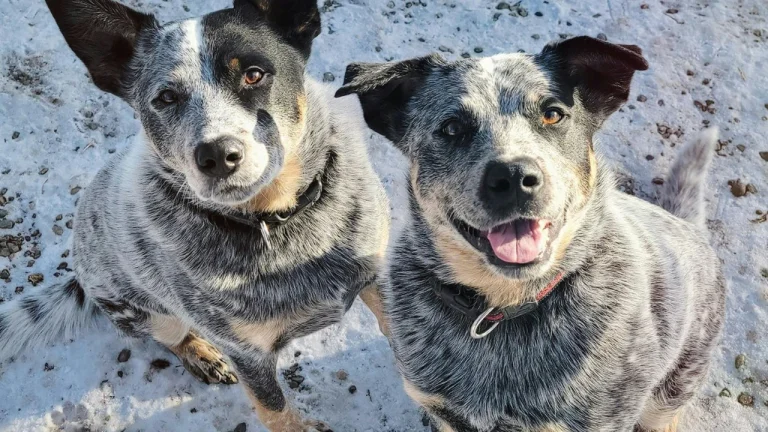
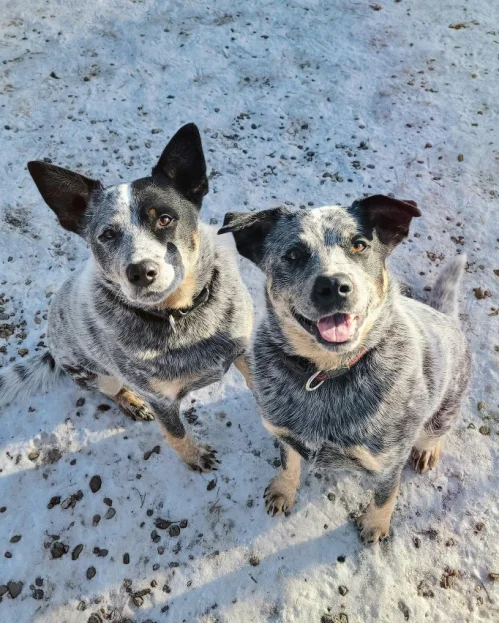
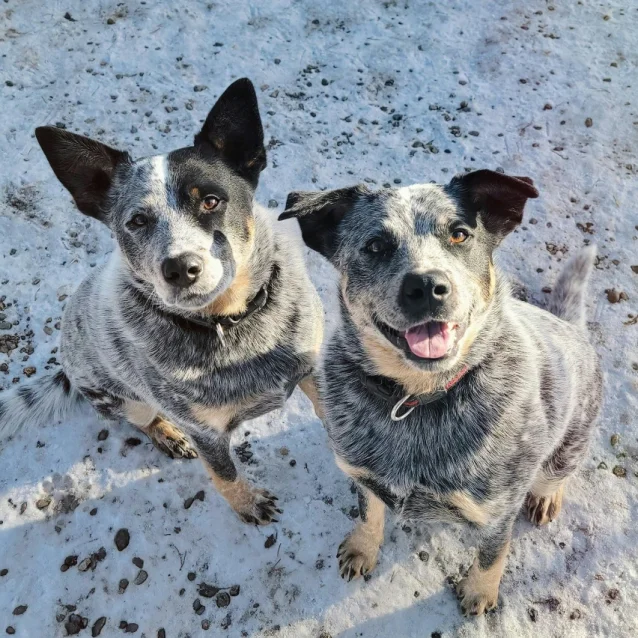
Training and activity
Training a Blue Heeler is less of an option and more of a necessity. This breed's incredible intelligence means they learn extremely quickly, which includes bad habits just as easily as good ones. They thrive on positive reinforcement and having a "job" to do, so consistent, engaging training sessions are key.
Best toys for Cattle Dogs
When it comes to activity, a short walk around the block simply won't do. An Australian Cattle Dog was bred to have the stamina to work all day, so they need a significant, vigorous outlet for their boundless energy every single day. This means long runs, hiking, swimming, or high-intensity games of fetch. Without this physical and mental stimulation, a bored Blue Heeler will invent their own (often destructive) jobs, such as digging, re-landscaping your garden, or herding your children.
The ideal toys for a Cattle Dog should encourage interactive play and problem-solving to keep them mentally stimulated, and robust enough to withstand some rough playing. Any toy that helps challenge their wits and keeps their mind busy is key - particularly puzzle feeders and ball throwers!
What to look for
Fetch toys and ball throwers for vigorous play
Food dispensing toys and puzzles for mental stimulation
Durable chew and tug toys
Best harnesses, collars and walking accessories for Cattle Dogs
Given the Australian Cattle Dog's natural strength and powerful pulling instinct, choosing the right walking gear is about combining durability with control.
While a sturdy, flat collar is essential for holding ID tags, it's not the best tool for walking a strong Blue Heeler, as it can put intense pressure on their neck.
A well-fitted harness is a much safer option, and a front-clip or no-pull harness is ideal for this breed. This design helps to gently redirect your dog's momentum when they pull, giving you better control without causing discomfort.
Pair this with a durable, non-retractable lead for good control on everyday walks. For additional control, a head collar can be used as well if required. A long line is an excellent tool for training recall and allowing for safe exploration.
What to look for
No-pull or front-attaching harnesses to reduce pulling on the lead when walking
Dual clip harnesses and leads for extra control
Bite sized, high value treats and a treat pouch for training on the go
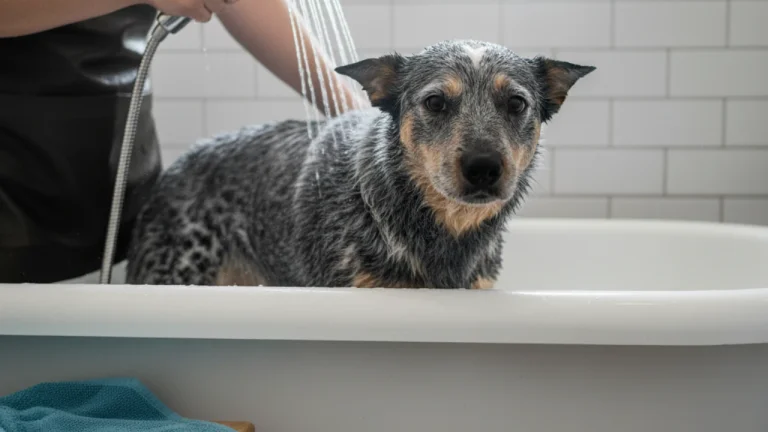
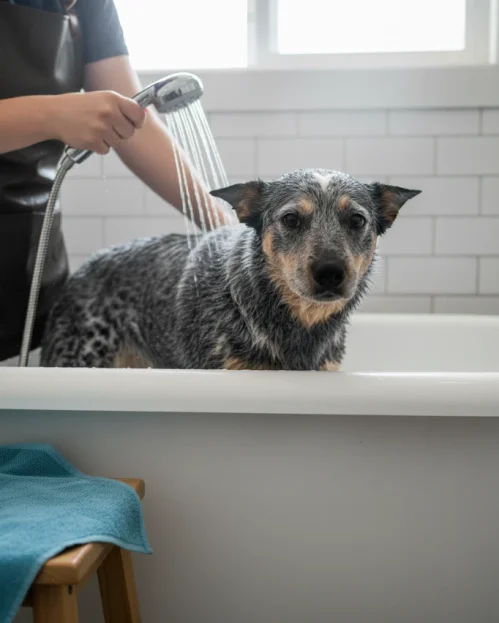
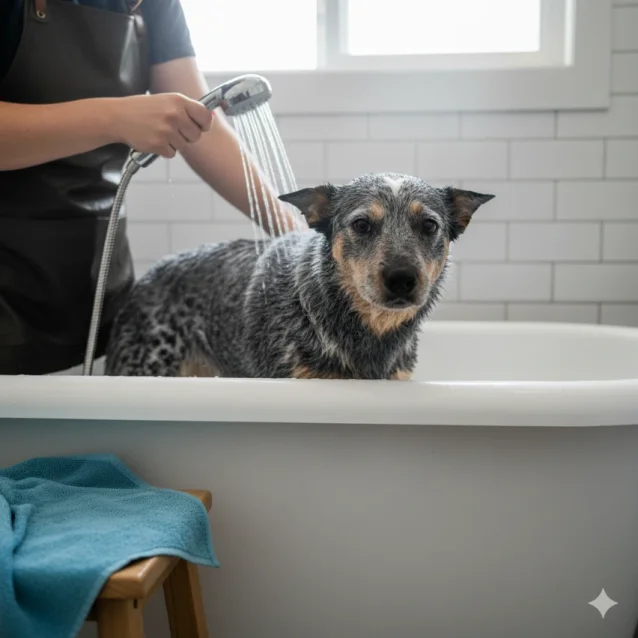
Grooming
The Australian Cattle Dog is very much a "wash and wear" breed when it comes to grooming, as their short, dense double coat is naturally weather-resistant and does a fantastic job of repelling dirt. However, a weekly brush is still needed to manage dead hair, and you'll need to increase this frequency during their seasonal "coat blow" when they shed their undercoat.
Best grooming products for Blue Heelers
For most of the year, a thorough brush once a week with a bristle brush or grooming mitt is all that’s needed to remove dead hair and keep their coat in good condition. However, be prepared for a seasonal "coat blow," usually once or twice a year. During this time, your Blue Heeler will shed their soft undercoat significantly, and you will need to increase brushing to several times a week to manage the sheer volume of fur. A short-coat deshedding tool comes in handy at these times.
When it comes to bathing, less is definitely more. The Blue Heeler's coat contains natural oils that protect their skin, and over-bathing can strip these oils, leading to dryness and irritation. Only give them a bath when they are truly dirty or have rolled in something unpleasant. Beyond their coat, regular grooming should include checking their ears for discharge or debris (especially after swimming or running in the bush) and trimming their nails as needed to prevent discomfort or gait problems.
What to look for
Bristle brush or grooming glove for weekly coat maintenance
Deshedding tools designed for short, double coated breeds
Gentle ear cleaners to for use after bathing and swimming
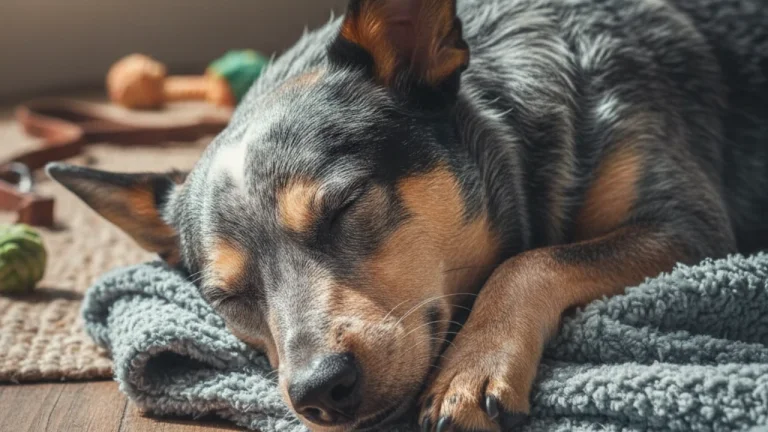


Sleep and home
While an Australian Cattle Dog has a famous 'off-switch' and will sleep soundly after a big day of activity, they are also incredibly routine-oriented. Teaching your Blue Heeler how to "settle" when work and play are over is a key part of their sleep routine. They are happiest sleeping in the same room as their family, and a solid, durable crate can provide a safe "den" for them to truly relax in.
Best beds for Cattle Dogs
When it comes to bedding, the two most important features are durability and joint support. Many Blue Heelers are powerful chewers, so flimsy, stuffed beds are often no match for them. A chew-resistant, canvas-covered bed or a raised 'trampoline' style bed is an excellent, long-lasting choice. Given the breed's high-impact lifestyle and predisposition to joint issues, providing an orthopaedic, high-density foam mattress is a crucial investment in their long-term health. These beds support their hardworking joints and can help manage conditions like arthritis as they age.
What to look for
Extra support for joints from orthopaedic or memory foam
Durable, chew-resistant covers
Medium to large size depending on your dog's measurements

